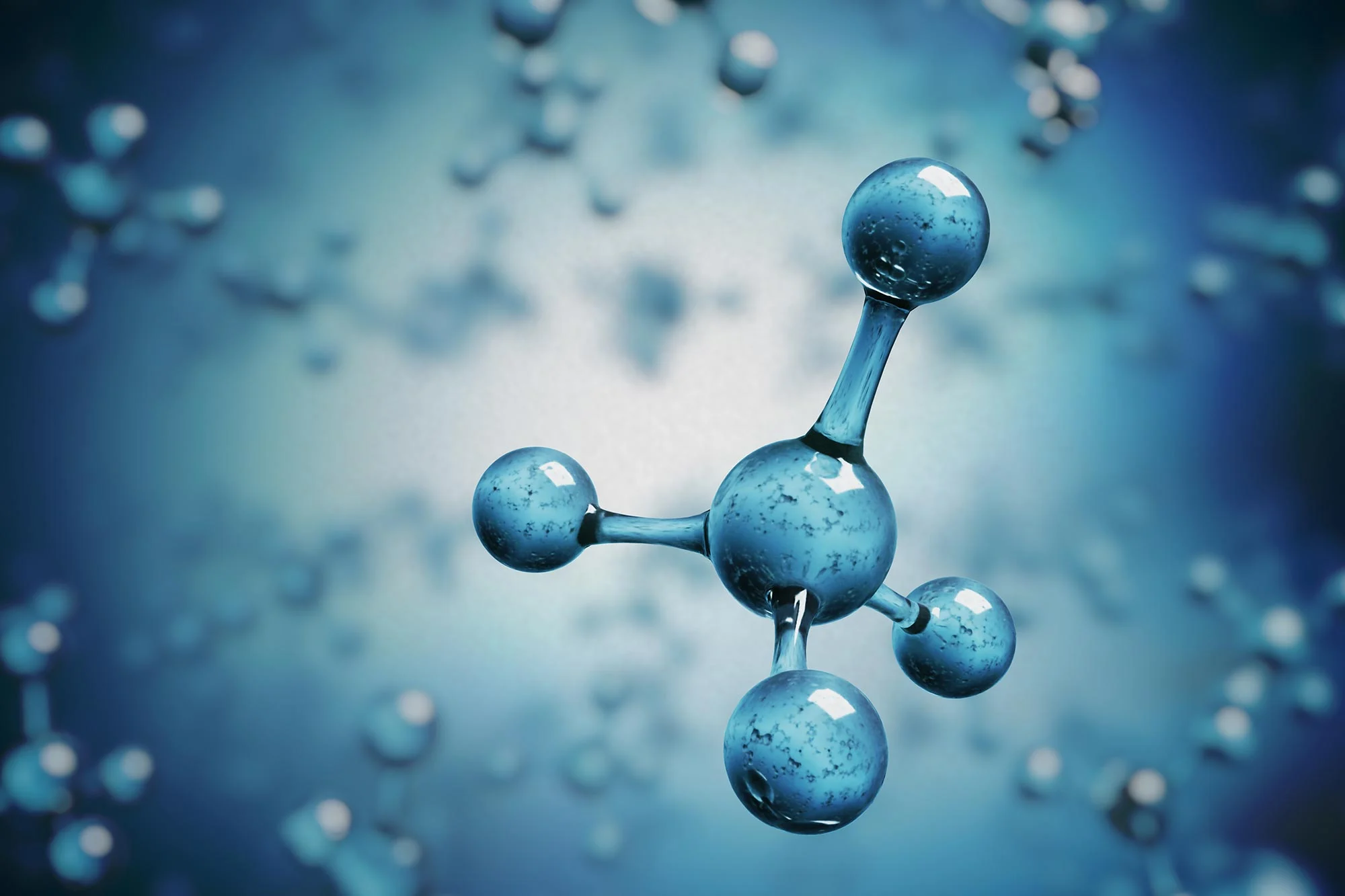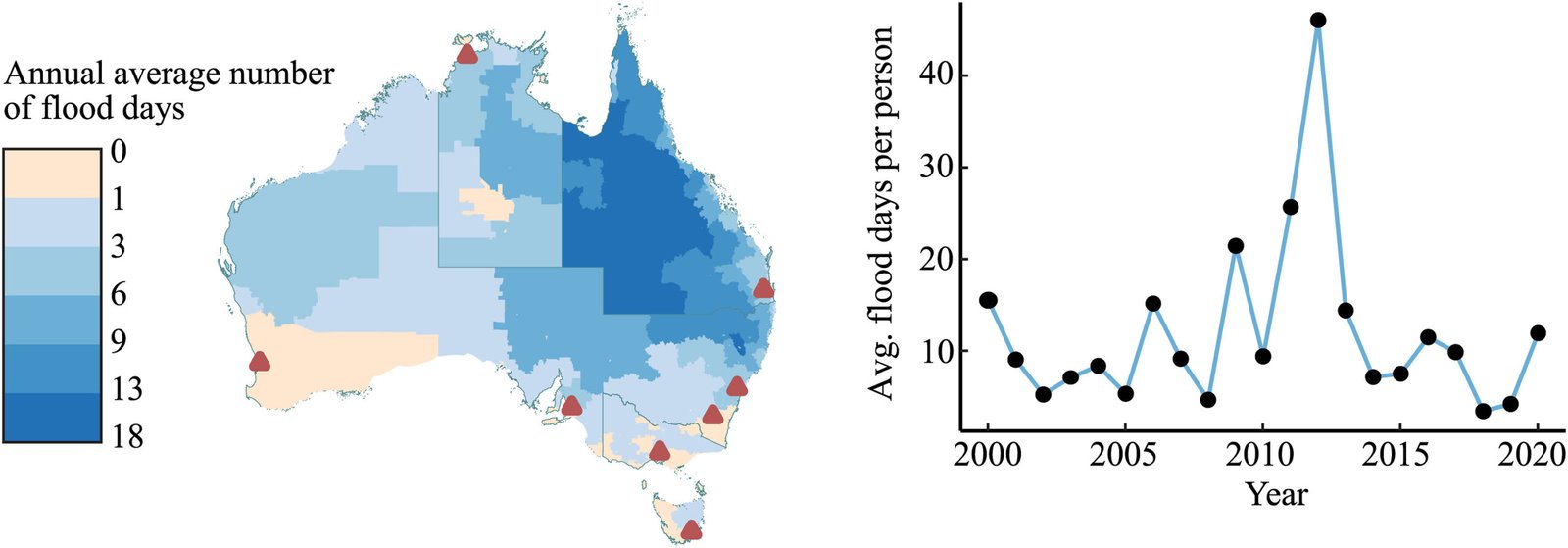In recent years, the global climate change problem has become increasingly severe. Governments of various countries have introduced strict environmental protection policies to force landfills to achieve greenhouse gas emission reduction and pursue resource utilization. Among them, methane, as the main greenhouse gas produced in landfills, not only puts great pressure on the environment, but also contains significant economic value. Through real-time monitoring and data analysis of high-precision methane detection instrument, enterprises can scientifically evaluate the cost-benefit ratio of methane recovery and emission reduction, thereby optimizing investment returns and achieving a win-win situation for environmental protection and economic benefits.
Economic Potential And Challenges Of Methane Recovery
Organic matter in landfills decomposes and releases a large amount of methane under anaerobic conditions. The gas is highly flammable and can be used as a new energy source. For example: power generation and heating have been applied in some areas, however, traditional methane monitoring methods often rely on manual sampling and laboratory analysis, which is time-consuming and difficult to provide timely feedback. In fact, methane detection instruments use advanced laser absorption technology to capture tiny concentration changes in a very short time and realize remote monitoring. Its response time is as low as 10 milliseconds and its detection range can reach 300 meters, which can ensure the accurate collection of methane emission data in various areas of the landfill, which is particularly important for economic benefit analysis.
When investing in methane capture and utilization systems, enterprises must weigh the equipment investment and subsequent benefits. The data provided by high-precision methane detection instruments can help enterprises grasp the methane concentration and fluctuations in real time, and adjust the gas capture strategy in time, thereby reducing operating costs and improving energy recovery efficiency, which is of decisive significance for enterprises to achieve green transformation and reduce carbon emissions.
International Experience And Technical Practice
In the United States, a large landfill in California has implemented a methane monitoring system based on the Internet of Things. The system consists of distributed methane detectors. Each device is equipped with a highly sensitive sensor, which collects data in real time and transmits it to the central data platform via a wireless network. Through the data platform, operators can accurately calculate the average daily methane emissions in the landfill, and start the capture device in time to convert methane into electricity to power the local community, while obtaining carbon credit income, thus achieving an organic combination of environmental governance and economic benefits.
In Europe, a landfill in Germany has introduced high-precision methane detection instruments to establish a data sharing mechanism with local environmental protection departments, monitor the methane concentration in the landfill, analyze its seasonal change trend, and use data to guide facility maintenance and system upgrades. After adopting the new technology, the landfill has increased its methane capture efficiency by nearly 30%, while significantly reducing the risk of gas leakage, making the landfill operation more in line with the EU’s strict environmental protection requirements. Enterprises have gained considerable benefits through the carbon trading market and further promoted the development of green finance.
Data Standardization And Economic Benefit Evaluation
The data output by high-precision methane detection instruments can be standardized to form a unified data format, which is convenient for regulatory departments and enterprises at all levels to conduct horizontal comparisons and vertical analysis. This not only helps to judge the overall emission reduction effect of the landfill, but also provides a scientific basis for enterprises to formulate long-term green development strategies. For example, some landfills in the United States and Europe have achieved cross-departmental and cross-regional data sharing by establishing a complete emission database, and have formed close cooperation with governments and scientific research institutions, providing solid data support for carbon credit trading and green financial projects.
From an economic perspective, although investing in high-precision methane detection equipment has certain upfront costs, the long-term economic benefits it brings far exceed the initial investment. Accurate emission data can not only help companies optimize gas capture systems and reduce operating costs, but also obtain direct economic returns through the carbon market. For example, a landfill in California has achieved a significant increase in methane capture rate by adopting advanced methane detection systems, and has earned hundreds of thousands of dollars in revenue each year through carbon credit trading, which has given the company stronger market competitiveness and environmental protection reputation.
Intelligent Trends And Future Prospects
In the future, with the continuous development of IoT big data and artificial intelligence technology, high-precision methane detection instruments will become more intelligent and the level of automation will continue to improve. Methane detection equipment can not only monitor methane concentration in real time, but also predict future emission trends through intelligent algorithms, and provide forward-looking suggestions for landfill operators, so as to better plan facility layout and operation strategies. This technological advancement will further promote landfills to achieve zero emissions and green transformation.
Today, with increasingly frequent international cooperation and technical exchanges, the successful experience of the United States and Europe has provided a model for the world. Through sharing data, standardizing technical methods and innovating management models, future landfills will no longer be simple waste treatment sites, but environmentally friendly green energy production bases. Enterprises, governments and scientific research institutions will work together to promote global carbon reduction and sustainable development.
Conclusion
The economic benefit analysis of methane emissions from landfills not only reveals the positive relationship between technology investment and economic returns, but also demonstrates the core role of advanced methane detection instruments in intelligent management systems. Through real-time monitoring and data standardization, operators can scientifically evaluate and optimize gas capture and utilization systems to achieve a win-win situation for environmental protection and economic benefits. With the deepening of international cooperation and continuous technological innovation, landfills in the future will usher in a new era of greener, smarter and more efficient development.











